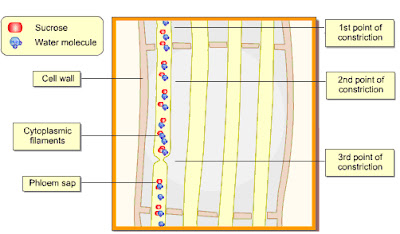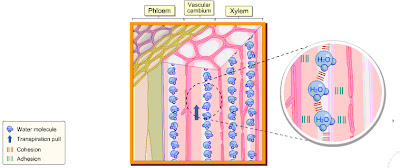1. The pancreas
- functions as exocrine + endocrine gland.
- has 2 groups of cell in the pancreas.
- α & β-cells in the islet of Langerhans play (major role in blood glucose concdntration).
- α-cells - secrete glucagons
2. Blood glucose level rises↑à due to carbohydrate breakdown.
3. Insulin + glucagons have opposite effects.
4. Insulin:
- secreted by β-cells (when glucose↑ level increases).
- target organs = liver + muscle tissues.
- convert glucose à to glycogen.
5. Glucagon:
- secreted by α-cells (when the glucose↓ level decreases)
- Target organ = liver cells.
6. Ingestion of glucose à increase insulin level ↑.
7. 2 types of diabetes: Type I & Type II.
 |
| Blood glucose & insulin level in normal & diabetic person. |
8. Formation of tissues fluid is a physical process.
9. At arteriol end:
- smaller blood plasma content is forced out
- when hydrostatic pressure (HP) > osmotic pressure (OP).
10. At venous end:
- tissue fluid re-enters capillary




















